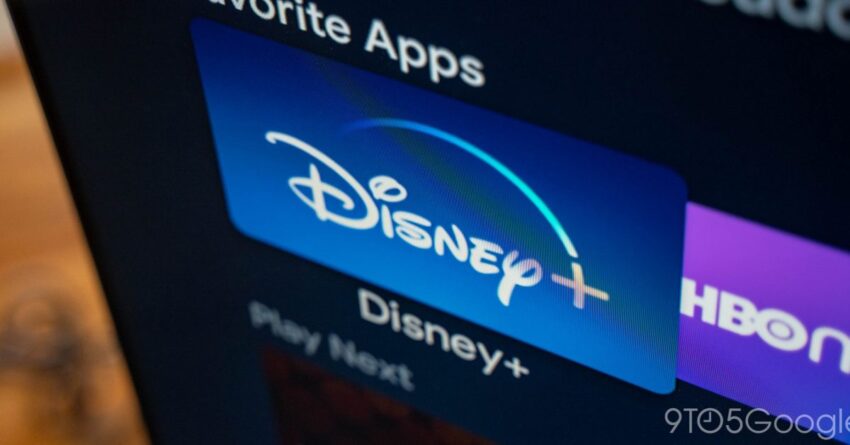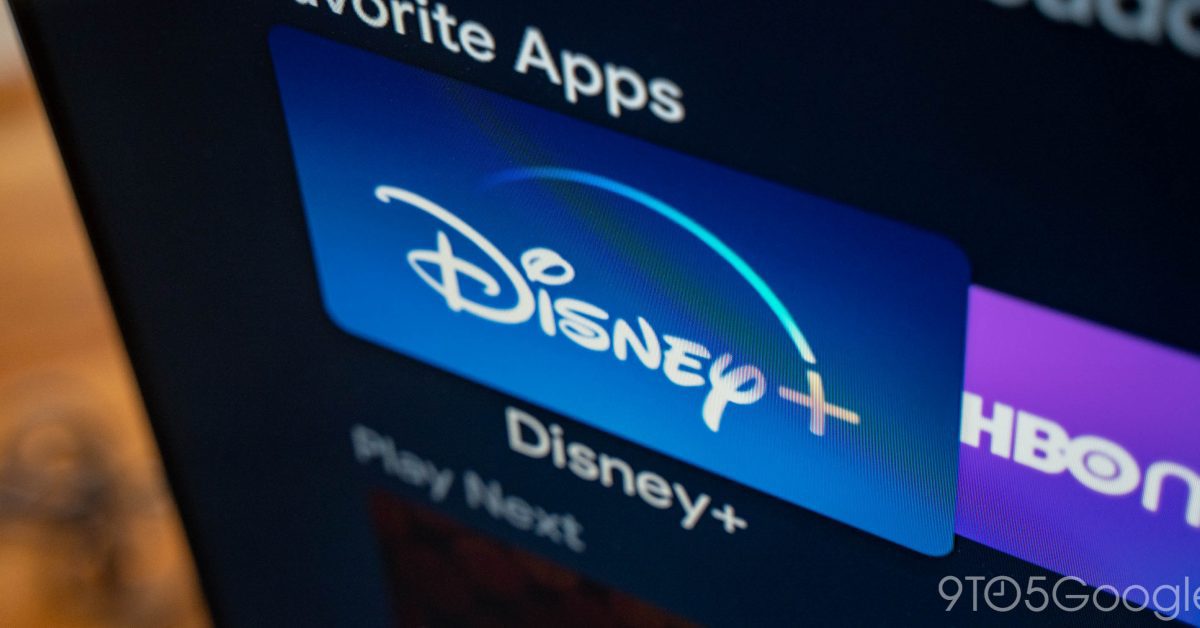
the youtube tv-disney battle is bigger than The ongoing dispute between YouTube TV and Disney has escalated into a significant conflict that could impact a wide range of viewers and the broader streaming landscape.
the youtube tv-disney battle is bigger than
Background of the Dispute
The current standoff between Disney and YouTube TV is not an isolated incident; rather, it reflects a growing trend of carriage disputes that have plagued the television industry for decades. Historically, these disputes have involved traditional cable providers and content creators, but the rise of streaming services has transformed the dynamics of such conflicts. YouTube TV, a popular streaming service that offers live television, has been in negotiations with Disney over the renewal of its carriage agreement, which allows YouTube TV to broadcast Disney-owned channels, including ESPN, ABC, and various Disney networks.
As of now, the negotiations have reached an impasse, with both parties unable to agree on terms that would satisfy their respective business models. YouTube TV has seen substantial growth since its launch, boasting millions of subscribers who rely on it as a cable alternative. However, the absence of Disney’s channels could significantly diminish the service’s appeal, especially among sports fans and families who value Disney’s content.
The Stakes for YouTube TV
YouTube TV’s growth trajectory has been impressive, with the platform continuously adding new features and expanding its channel offerings. However, the ongoing dispute with Disney poses a serious threat to its subscriber base. Disney’s channels are among the most-watched in the United States, particularly ESPN, which is a go-to source for live sports coverage. The potential loss of these channels could lead to a significant decline in subscriber numbers, as many users may choose to switch to other services that still carry Disney content.
Moreover, YouTube TV has positioned itself as a family-friendly option, offering a diverse range of programming suitable for all ages. The absence of Disney’s family-oriented channels could alienate a substantial portion of its audience, particularly parents who rely on these channels for children’s programming. This could result in a ripple effect, impacting not only subscriber retention but also the overall brand perception of YouTube TV in a highly competitive market.
The Implications for Disney
On the other side of the equation, Disney has its own set of challenges. The company has been investing heavily in its streaming platforms, including Disney+ and Hulu, to compete with other major players like Netflix and Amazon Prime Video. However, the revenue generated from traditional cable and satellite subscriptions remains a crucial part of Disney’s business model. Losing YouTube TV as a distribution partner would not only affect immediate revenue but could also set a precedent for future negotiations with other streaming services.
Disney’s channels are integral to its brand identity, and the company has a vested interest in ensuring that its content remains accessible to as many viewers as possible. The ongoing dispute with YouTube TV could lead to a broader conversation about the value of content in the streaming age and how traditional media companies adapt to changing consumer preferences.
Market Reactions and Stakeholder Perspectives
The standoff between YouTube TV and Disney has garnered attention from various stakeholders, including industry analysts, consumers, and competitors. Analysts have pointed out that this dispute is emblematic of a larger trend in the media landscape, where content providers and distributors are increasingly at odds over pricing and access. The outcome of this negotiation could have far-reaching implications for the entire streaming industry.
Consumers have expressed frustration over the ongoing negotiations, as many rely on YouTube TV for their entertainment needs. Social media platforms have seen a surge in discussions surrounding the potential loss of Disney channels, with users voicing their concerns and urging both parties to reach an agreement. The sentiment among viewers is clear: they want access to the content they love without interruption.
Competitors are also watching the situation closely. Other streaming services may see this as an opportunity to attract YouTube TV subscribers who are disillusioned by the lack of Disney content. Platforms like Hulu, Sling TV, and FuboTV could benefit from a potential exodus of subscribers looking for alternatives that still offer Disney channels. This competitive landscape adds another layer of complexity to the ongoing negotiations.
Potential Outcomes and Future Considerations
As the stalemate continues, several potential outcomes could arise from this dispute. One possibility is that both parties eventually come to an agreement, allowing YouTube TV to retain Disney’s channels. This would likely involve negotiations over pricing, as both companies seek to balance their financial interests while keeping subscribers satisfied.
Another potential outcome is that YouTube TV decides to remove Disney channels from its lineup altogether. This scenario could lead to a significant backlash from subscribers and may prompt many to reconsider their subscription. If this occurs, it could also trigger a larger trend of consumers reevaluating their streaming options, leading to a shift in market dynamics.
Additionally, the dispute could prompt both companies to explore alternative distribution models. For instance, Disney may consider direct-to-consumer strategies that bypass traditional streaming services altogether, while YouTube TV might look to expand its offerings by partnering with other content providers. Such shifts could reshape the landscape of streaming services and how consumers access content.
Conclusion
The ongoing battle between YouTube TV and Disney is more than just a typical carriage dispute; it represents a critical moment in the evolution of the streaming industry. As both companies navigate their respective challenges, the outcome of this negotiation will likely have lasting implications for consumers, competitors, and the broader media landscape. With millions of viewers caught in the crossfire, the stakes have never been higher, and the resolution of this conflict will be closely watched by all stakeholders involved.
Source: Original report
Was this helpful?
Last Modified: November 8, 2025 at 10:35 pm
3 views















